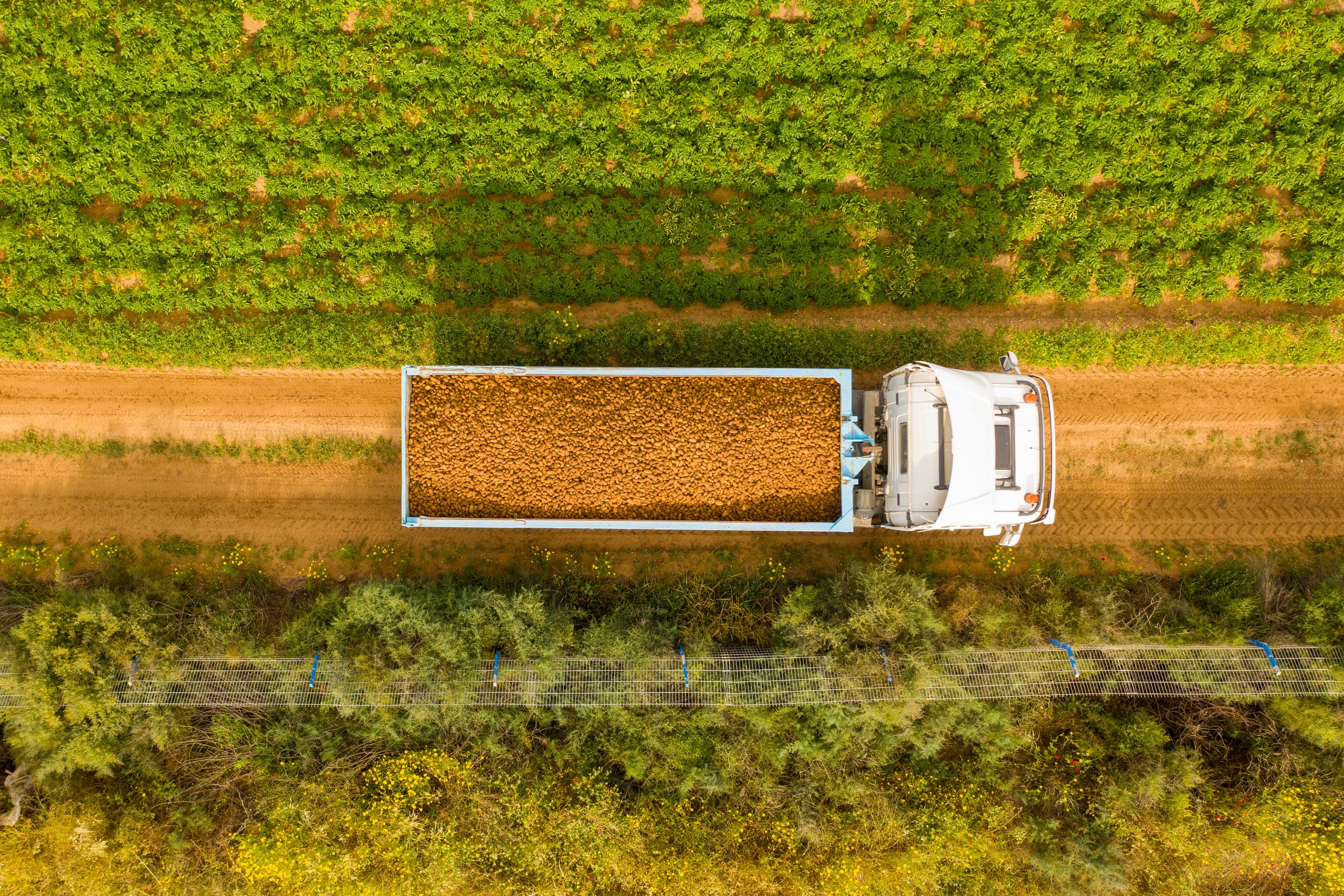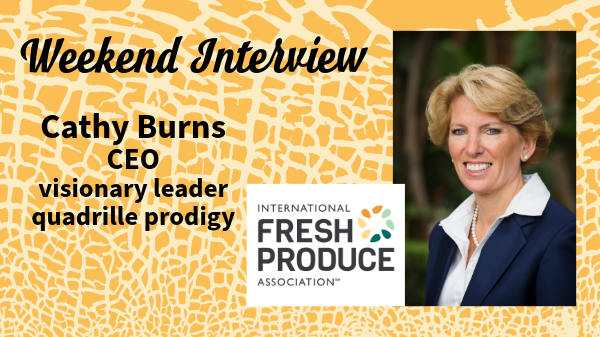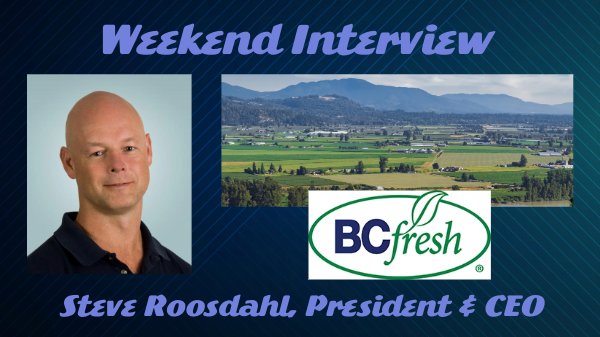Welcome to Blue Book!
Are you ready to join the thousands of companies who rely on Blue Book to drive smarter decisions? View our plans and get started today!
Still have questions? We’d love to show you what Blue Book can do for you. Drop us a line– we’ve been waiting for you.

StockStudio Aerials/Shutterstock
In this article

The East Coast is a region of historical firsts, including U.S. agriculture. Growers have long relied on tried-and-true practices with ample rewards, and this season continues to deliver.
As far north as Delaware, as far south as the Carolinas, and in central Virginia too, industry insiders are enjoying the summer one day at a time. It’s true heatwaves in June and July worried growers, and August could be a mixed bag, but most are expecting good flow along the perishables supply chain up and down the coast.
That’s not to say everyone isn’t keeping an eye on tariffs and climbing costs, yet most are coping by turning to technology whenever possible, looking for new opportunities, and staying resolute. For a snapshot of several businesses that call the region home, read on.
A Bit South
The southern portion of the East Coast is known for sweet fruit and savory vegetables. One that falls into both categories is the namesake of Wright Brothers Tomato Company, LLC BB #:121997, a receiver and repacker in Lawndale, NC.
Ray Wright, buyer and sales managing member, says this season got off to a thoroughly normal, standard start. “There hasn’t been much change this year,” he reports.
All is not smooth sailing though, as he voices concerns about competition from greenhouse-grown tomatoes, mainly coming in from Canada.
Despite much ado about tariffs, the on-again, off-again trade war has not deterred exported fruits and vegetables from Canada, per Wright, who believes the United States is struggling.
“But sometimes competition is good for business,” he says.

Sitting Central
Traveling north a bit into the central part of the coast is Military Produce Group, LLC BB #:171951, a receiver and distributor in Norfolk, VA.
The company handles a broad range of fruits and vegetables, what Mike Downey, director of procurement and business development, describes as “Everything you would find in a grocery store—apples through zucchini.”
Like his contemporaries, business has been relatively stable. Minor inconveniences popped up, like imported grapes with suboptimal coloring and delays at the border.
“The industry has adapted to product taking longer to cross the border,” notes Downey, and the same is true with tariffs.
“Tariffs don’t affect logistics; they affect product.”
Most of Military Produce Group’s imports come from Mexico and Canada, though bananas are an exception and the supplier implemented a surcharge. “Tariffs don’t affect logistics; they affect product,” Downey says.
As far as market shifts or new products, he notes, “There hasn’t been anything overwhelmingly trending in a different direction.”
Demand, however, has seen a bit of a downturn—Downey says consumers have tightened spending since Easter, likely due to higher prices and economic uncertainty.
When it comes to technology, Military Produce Group has experimented here and there. “I haven’t seen anything that’s jumped out as being spectacular and life-changing,” he observes. “We haven’t dabbled in AI yet, but I know that’s coming.”
A Bit North
Farther up the coastline, growers like Lazy Boy Farm, Inc. BB #:156537 cultivate hardy crops including potatoes.
Located in Middletown, DE, Lazy Boy Farm has been growing, packing, and shipping its crops for almost 70 years. Kenneth Wicks, president, echoes the sentiments of Downey and Wright, noting it’s been business as usual lately.
The potato market fluctuates, Wicks admits, but even that’s par for the course nowadays.
“We used to have a window we could comfortably move our crop in,” Wicks explains, “but now it’s closed up.” He can’t pinpoint a cause, but an effect is clear: “Every other area comes in while we’re harvesting.”
Even so, Wicks describes 2025 thus far as an improvement over last year. “We’ve had more rain,” he mentions, “nothing detrimental or harmful.”
The moisture helped make conditions appropriately cool and moist for potatoes. “They’re looking great,” he says, even after June’s heat dome and a few high-temperature days in July. He says the potatoes weren’t used to the extreme temperatures, but having adequate irrigation helped.
Overall Outlook
Everyone knows there are no guarantees in the fresh produce industry, but optimism still rules when it comes to how this season is faring, with local crops filling wholesale and retail shelves.
Wright continues to hope for the best, while Wicks jokingly replies, “I’ll let you know in September.” As Wicks points out, everyone’s in wait-and-see mode as August arrives.
Downey puts it this way: “It’s been a good year so far, and we’re happy about that—but I’m not in the business of trying to predict the future.”










